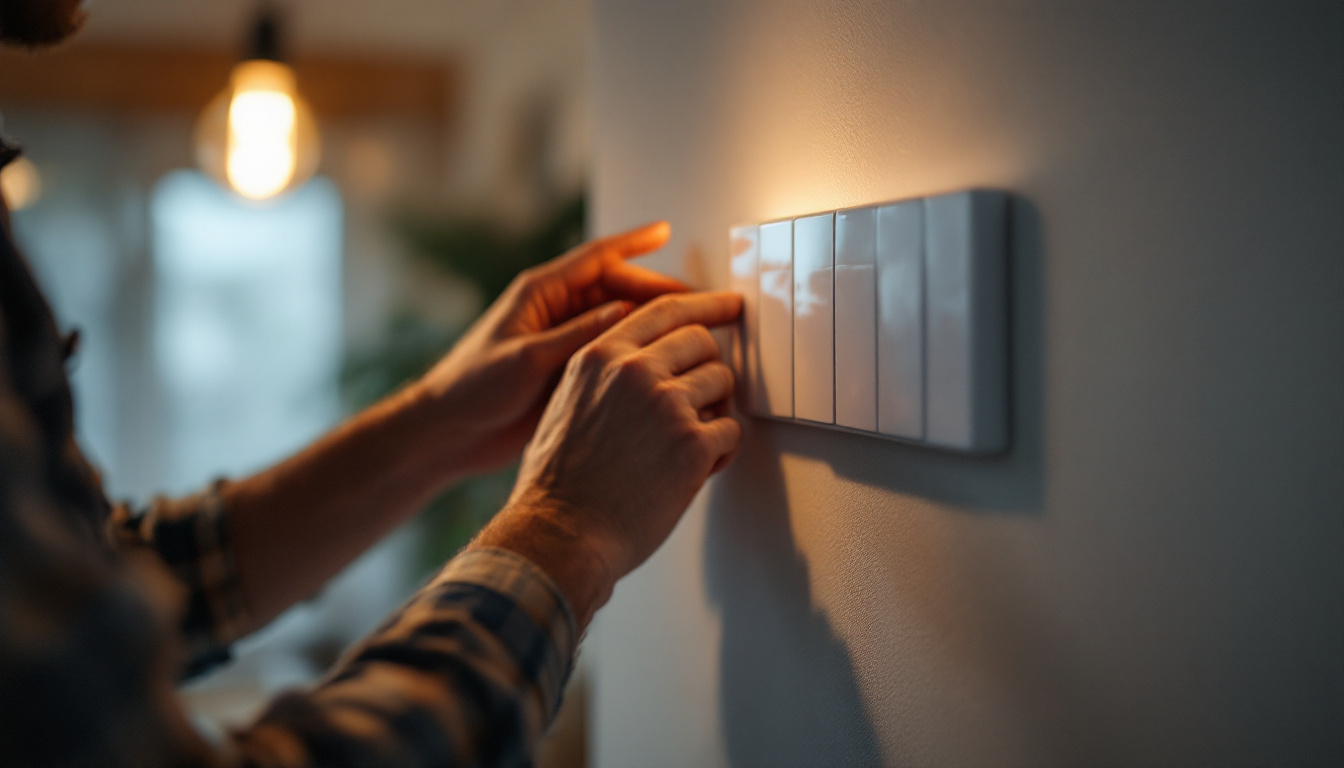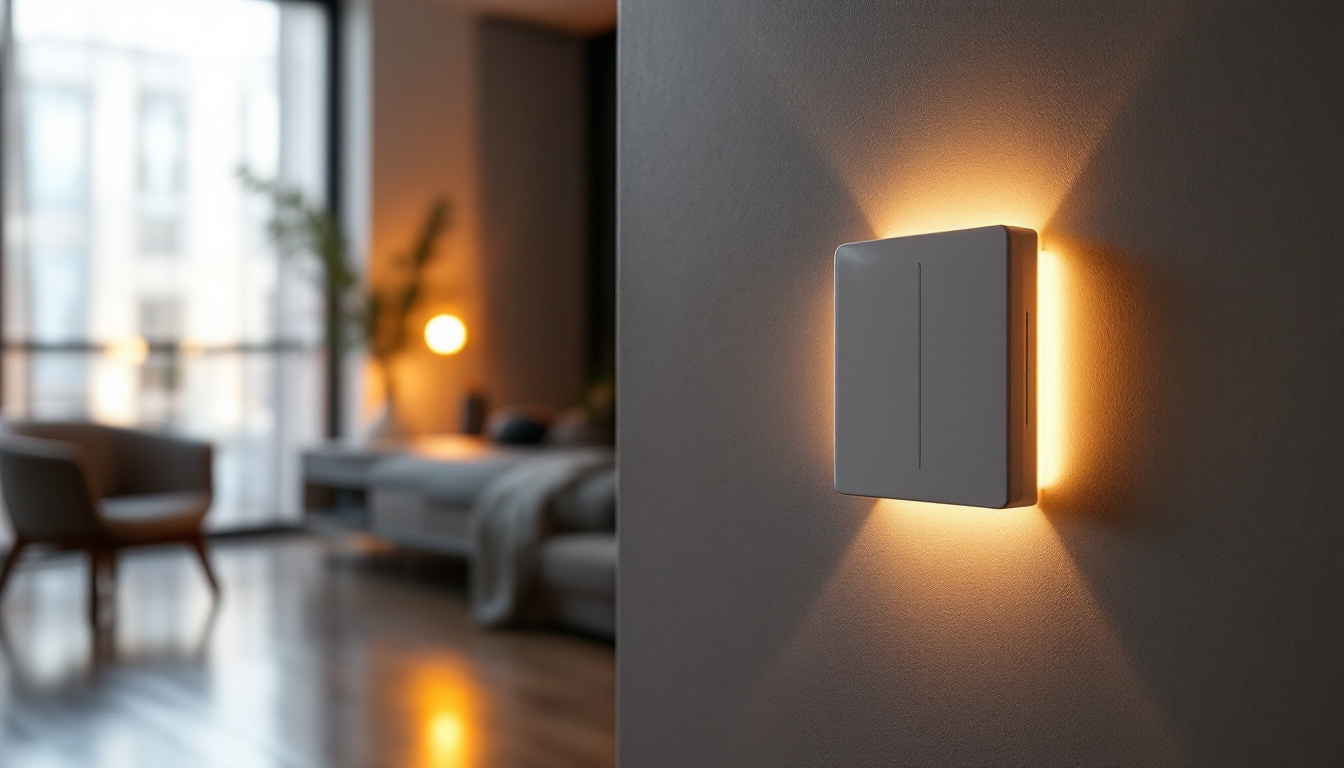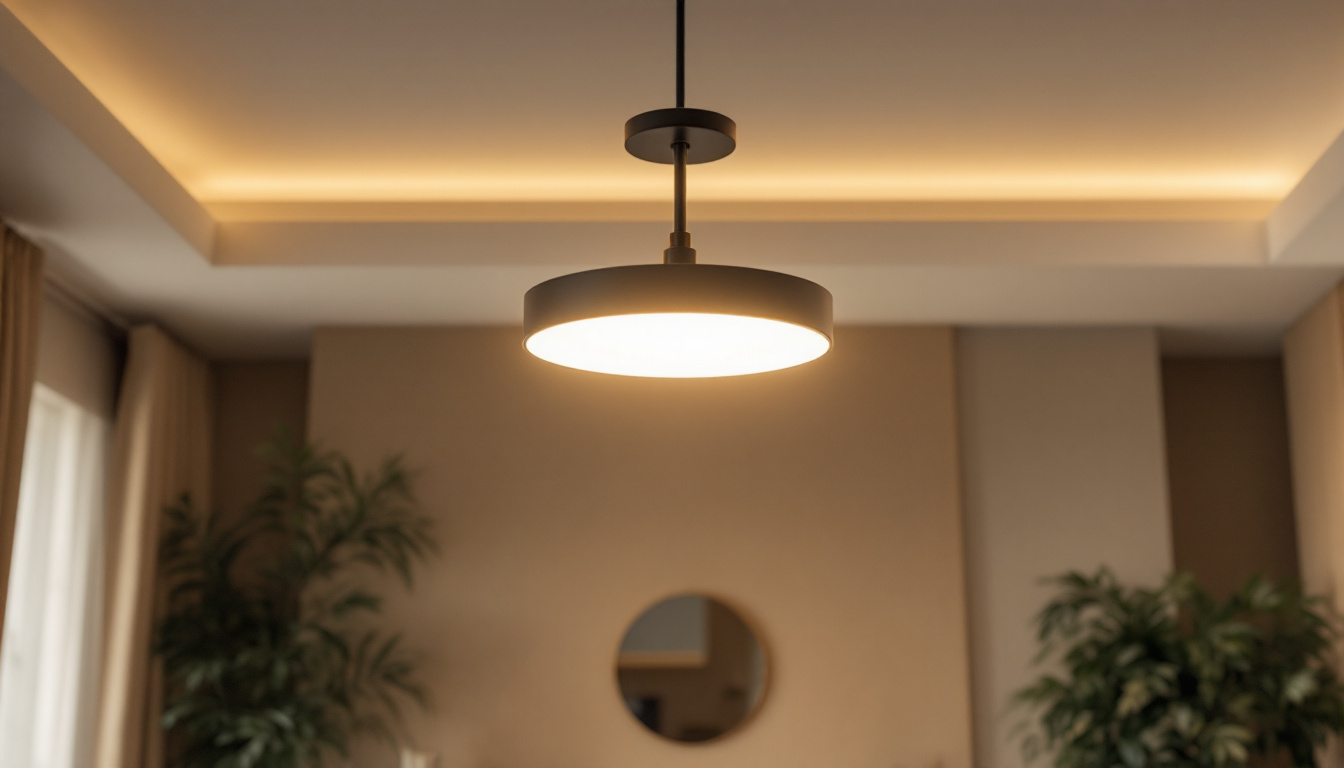

Lighting contractors play a crucial role in shaping the ambiance and functionality of spaces through effective lighting solutions. However, navigating the complexities of lighting design and installation can lead to common pitfalls. This guide aims to highlight frequent mistakes made by lighting contractors and provide insights on how to avoid them, ensuring successful projects and satisfied clients.
One of the most significant mistakes lighting contractors can make is failing to communicate effectively with clients. Understanding the client’s vision, preferences, and requirements is essential for delivering a satisfactory outcome. Without clear communication, assumptions may lead to mismatched expectations and ultimately, dissatisfaction.
To avoid this mistake, contractors should engage in active listening during initial consultations. Ask open-ended questions that encourage clients to express their ideas and preferences. Regular check-ins throughout the project can also help ensure that the work aligns with the client’s evolving vision. Additionally, utilizing visual aids such as mood boards or lighting samples can facilitate a clearer understanding of the client’s desires. This collaborative approach not only fosters trust but also empowers clients to feel more involved in the decision-making process, leading to a more tailored and satisfactory end result.
Another common error is focusing solely on aesthetics while neglecting the functionality of the lighting. Different spaces have unique lighting needs based on their purpose. For instance, a kitchen requires bright, task-oriented lighting, while a living room may benefit from softer, ambient lighting.
Contractors should conduct thorough assessments of each space to determine the appropriate lighting solutions. Consider factors such as the activities that will take place in the area, the natural light available, and the overall design theme. Balancing aesthetics with functionality will lead to a more successful lighting design. Moreover, integrating smart lighting technology can enhance the versatility of a space, allowing clients to adjust brightness and color temperature according to their needs. This adaptability not only improves the usability of the space but also contributes to energy efficiency, making it a win-win solution for both the contractor and the client. By prioritizing both form and function, contractors can create environments that are not only visually appealing but also practical and enjoyable to use.
In an era where sustainability is increasingly prioritized, overlooking energy efficiency can be a significant oversight. Many contractors may opt for traditional lighting fixtures without considering their energy consumption and environmental impact. This not only affects the client’s utility bills but can also lead to negative perceptions of the contractor’s work.
To counter this, contractors should stay informed about the latest energy-efficient lighting technologies, such as LED fixtures. These options not only reduce energy consumption but also have longer lifespans, providing clients with cost savings in the long run. Presenting these options to clients can enhance the value of the contractor’s services. Furthermore, integrating smart lighting systems that allow for dimming and scheduling can further optimize energy use, giving clients greater control over their lighting environment while promoting eco-friendly practices.
Choosing fixtures that are either too large or too small for a space can disrupt the visual harmony of a room. This mistake can lead to an unbalanced aesthetic that detracts from the overall design. For example, a large chandelier in a small room can overwhelm the space, while tiny fixtures in a grand foyer may appear insignificant.
To avoid this mistake, contractors should carefully consider the scale and proportion of fixtures in relation to the space. Utilizing design software can help visualize how different fixtures will look in the intended environment. Additionally, creating mock-ups or using physical models can aid in making informed decisions. It’s also beneficial to consider the room’s purpose and the mood that needs to be created; for instance, softer, smaller fixtures may be ideal for intimate settings, while bold, larger fixtures can serve as statement pieces in expansive areas. Engaging with clients to understand their vision and preferences can lead to more tailored and satisfying outcomes.
Electrical work is a critical aspect of lighting installation, and improper wiring can lead to serious safety hazards. Mistakes in this area can result in flickering lights, short circuits, or even electrical fires. Therefore, ensuring that all electrical work is conducted according to local codes and regulations is paramount.
Contractors should invest time in understanding the electrical requirements of each project and, if necessary, collaborate with licensed electricians. This collaboration not only enhances safety but also ensures that installations are compliant with industry standards, ultimately protecting both the contractor and the client. Additionally, using high-quality materials and components can significantly reduce the risk of electrical failures. For example, opting for certified wiring and fixtures can provide peace of mind and longevity to the installation. Regular inspections and maintenance of electrical systems can also prevent potential issues before they escalate into significant problems.
The placement of lighting fixtures can significantly impact the effectiveness of a lighting design. Misplaced fixtures can create shadows, glare, or uneven lighting, which can detract from the intended ambiance. For instance, placing recessed lights too far apart can lead to dark spots in a room.
To avoid this mistake, contractors should develop a comprehensive lighting plan that outlines the placement of each fixture. Conducting a lighting simulation can also help visualize how light will interact with the space. Testing different placements before finalizing installations can lead to a more effective and aesthetically pleasing result. Furthermore, considering the purpose of each area is crucial; for example, task lighting in kitchens and workspaces should be brighter and more focused, while ambient lighting in living areas can be softer and more diffused. Utilizing dimmers and adjustable fixtures can also enhance flexibility, allowing users to modify the lighting according to their needs and preferences, thus creating a more dynamic and inviting environment.
Budget management is a critical aspect of any project, and underestimating costs can lead to financial strain for both the contractor and the client. Many contractors may overlook hidden costs such as permits, labor, and additional materials, leading to budget overruns.
To prevent this, contractors should create a detailed budget that includes all potential expenses. Providing clients with a transparent breakdown of costs can help manage expectations and foster trust. Regularly reviewing the budget throughout the project can also help identify any discrepancies early on.
Another mistake in budget management is neglecting to consider future maintenance costs. While a project may fit within the initial budget, ongoing maintenance can add up over time, impacting the overall cost of ownership for the client. This oversight can lead to dissatisfaction if clients are unprepared for these additional expenses.
Contractors should educate clients about the maintenance requirements of different lighting solutions. Providing options that require minimal upkeep can enhance client satisfaction and demonstrate a commitment to long-term value. Including maintenance considerations in the initial proposal can also help clients make informed decisions.
The lighting industry is constantly evolving, with new technologies and design trends emerging regularly. Ignoring these trends can leave contractors behind the curve, making their work appear outdated. Clients often seek innovative solutions that reflect current styles and technologies, and failing to deliver can result in missed opportunities.
To stay competitive, contractors should actively seek out industry news, attend trade shows, and participate in professional development opportunities. Engaging with online communities and forums can also provide valuable insights into emerging trends. By staying informed, contractors can offer clients cutting-edge solutions that enhance their projects.
Smart lighting has gained popularity in recent years, offering clients enhanced control and customization of their lighting environments. Contractors who overlook these solutions may miss out on opportunities to provide added value to their clients. Smart lighting can improve energy efficiency, convenience, and overall user experience.
Contractors should familiarize themselves with smart lighting technologies, including programmable systems and app-controlled fixtures. By integrating these solutions into their offerings, contractors can position themselves as forward-thinking professionals who understand the evolving needs of modern clients.
Once a project is completed, the relationship between the contractor and the client should not end. Neglecting post-installation support can lead to unresolved issues and dissatisfaction. Clients may have questions or require assistance with their new lighting systems, and failing to provide support can damage the contractor’s reputation.
Contractors should establish a post-installation follow-up process to check in with clients and address any concerns. Offering maintenance services or providing resources for troubleshooting can enhance the overall customer experience. Building lasting relationships with clients can lead to repeat business and referrals.
In today’s digital age, online reviews can significantly impact a contractor’s reputation and business growth. Failing to encourage clients to leave feedback can result in missed opportunities for positive exposure. Conversely, negative reviews can harm a contractor’s credibility and deter potential clients.
Contractors should actively seek feedback from clients after project completion. Encouraging satisfied clients to leave positive reviews on platforms like Google or social media can enhance visibility and attract new business. Addressing any negative feedback promptly and professionally can also demonstrate a commitment to customer satisfaction.
Lighting contractors play a vital role in creating functional and aesthetically pleasing environments. By avoiding common mistakes related to communication, fixture selection, installation techniques, budget management, and customer service, contractors can enhance their effectiveness and client satisfaction. Staying informed about industry trends and technologies will further position contractors as leaders in the field.
Ultimately, a successful lighting project is not just about illuminating a space; it’s about understanding client needs, delivering quality workmanship, and fostering lasting relationships. By adhering to best practices and continuously seeking improvement, lighting contractors can ensure their projects shine brightly in the competitive landscape of the industry.
Ready to elevate your lighting projects to new heights of excellence and efficiency? At LumenWholesale, we provide lighting contractors like you with the highest quality, spec-grade lighting products at unmatched wholesale prices. Say goodbye to local distributor markups and hello to our extensive selection that meets rigorous industry standards. With free shipping on bulk orders, you can trust that you’re getting premium lighting solutions at the best value, without any hidden costs. Don’t compromise on quality or affordability. Visit LumenWholesale now and discover the ideal combination of quality, affordability, and convenience for your next lighting project.

Discover the key qualities that distinguish top lighting contractors when it comes to installing 3 switch light switches.

Discover how the Sportsbeam Field Led 800 is revolutionizing lighting designs with its cutting-edge technology.

Discover why smart light switches are revolutionizing the lighting industry and what every contractor needs to know to stay ahead.

Discover the essential insights every lighting contractor needs to know about ceiling light fixtures.
Get notified when NEW deals are released.
Optimize your budget with wholesale discounts.
Only top-quality, specification-grade lighting products.
No additional costs at checkout - what you see is what you pay.
We understand the unique needs of contractors.